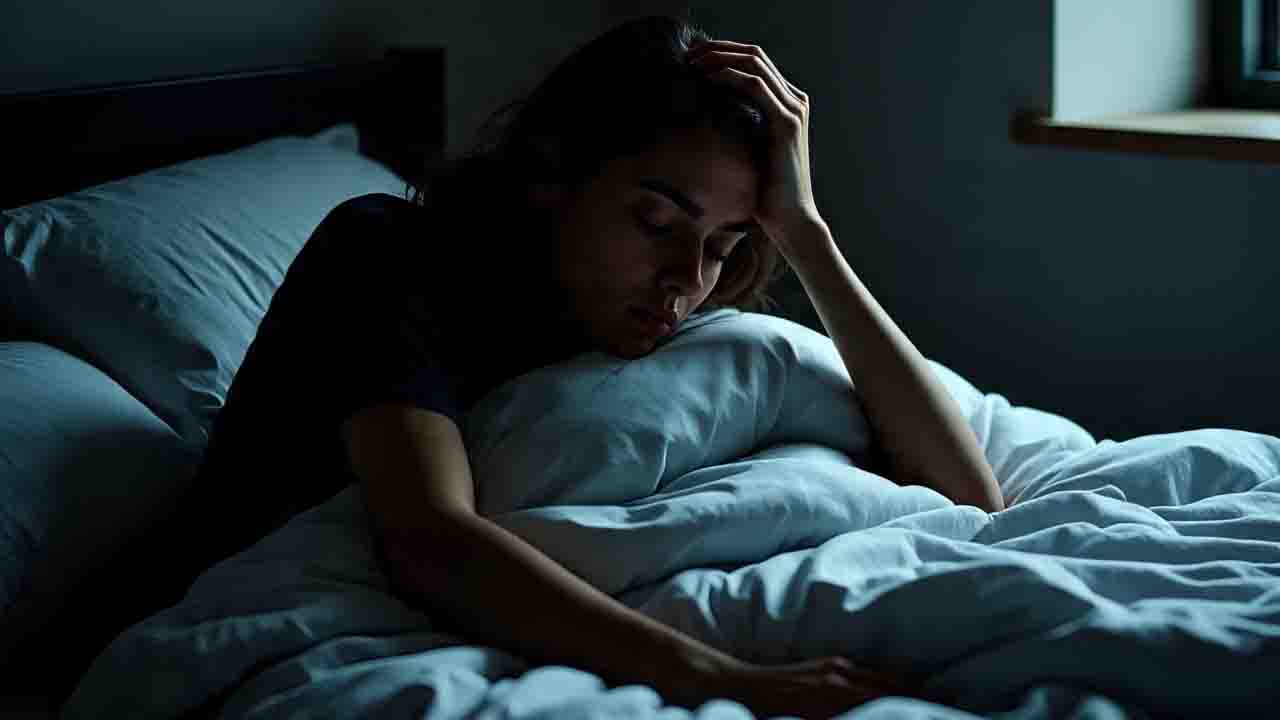
Elmsleep – The Sleepless Generation is no longer a poetic phrase it’s a public health reality. According to Vox, nearly 14% of Americans report having regular sleep difficulties, while 12% have been diagnosed with chronic insomnia. This trend is not confined to the U.S. It echoes globally, as urbanized lifestyles increasingly disrupt the natural rhythms of rest.
Much of the blame falls on the digital devices that dominate our lives. Smartphones, tablets, and televisions emit blue light that interferes with melatonin production essential for sleep regulation. Meanwhile, social media scrolling and late-night screen use have become the norm rather than the exception. For the Sleepless Generation, the bedroom is no longer a sanctuary for rest, but often a secondary extension of a busy digital day.
“New Web Standard: Dark Mode and Context-Aware Interfaces”
Table of Contents
ToggleSleep deprivation isn’t caused by screens alone. The Sleepless Generation also struggles with economic stress, unstable housing, and overstimulation. The Global Wellness Institute notes that many individuals now suffer from “sleep anxiety” an excessive preoccupation with getting perfect rest, which paradoxically worsens insomnia. This anxiety is compounded by constant exposure to artificial light in cities that never sleep, which confuses the body’s circadian rhythm.
Furthermore, the pressure to perform in modern work culture adds another layer. The rise of remote work and gig economies has blurred the lines between work and rest, robbing people of predictable sleep routines.
Experts recommend that the Sleepless Generation start with small but powerful shifts. First, limit screen time at least one hour before bedtime. Second, create a sleep-conducive environment lower light levels, reduce noise, and keep electronics out of the bedroom. Finally, stop obsessing over “perfect” sleep. Accepting some nightly variation can actually reduce stress and improve overall sleep quality.
“Compact and Clever: The Green Tech Behind Today’s Office”
